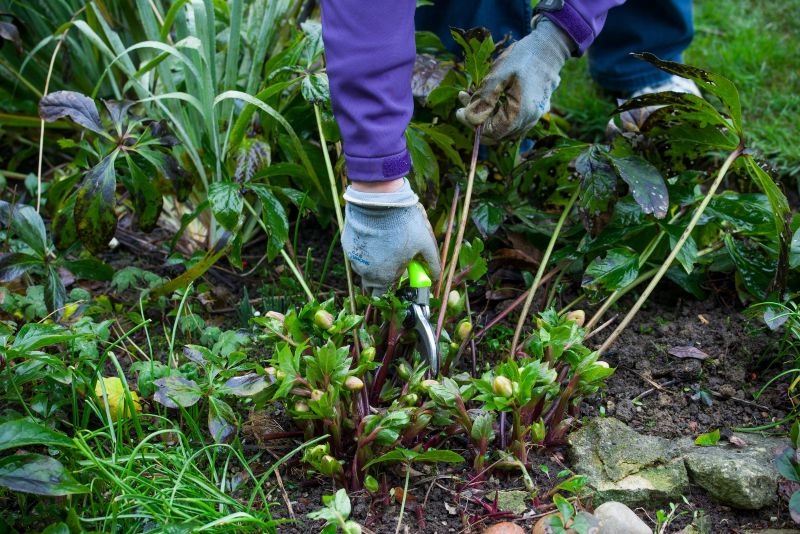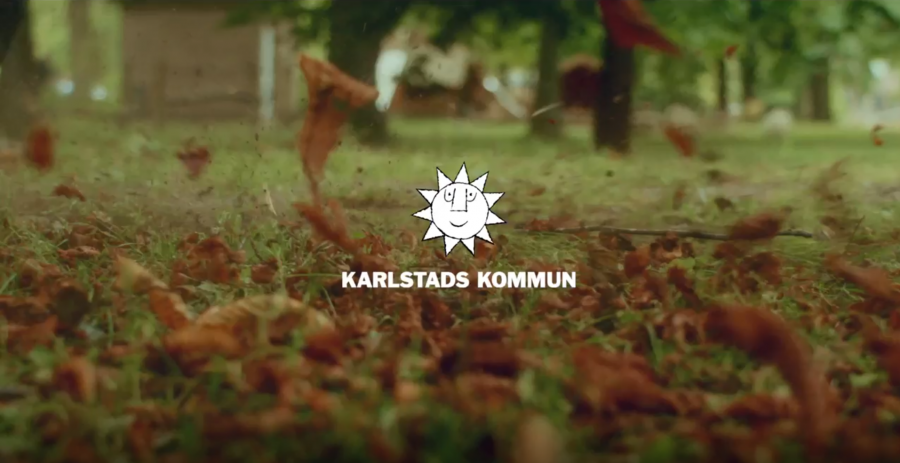The Royal Horticultural Society (RHS) has published a new report that for the first time maps the UK’s gardens1 – domestic, public and private - and the people inspired to grow in them.
The State of Gardening paints a picture of a hugely popular practice already benefitting people and planet but with the potential to reap far greater environmental and societal reward if better understood, recognised and supported by policymakers.
The RHS, working in collaboration with Gentian, assessed ultra-high resolution satellite imagery and used AI and machine learning algorithm technology to provide precise insights into cultivated green space across Britain including form and function such as number of trees, ponds, and ground cover.
Researchers plotted 25.8 million gardens in Great Britain amounting to 959,800 hectares or 4.6% of the total land area. The provision of garden and green space varies across the UK with 41% of London categorised as garden versus just 19% in Leeds, 25% in Edinburgh and 27% in Cardiff.

The report states that 20.6 million of the total are domestic gardens – front and / or back - accounting for 502,757 hectares. The mapping work found that:
- The average domestic garden is 244m2 – that’s nine tenths of a tennis court.
- 19 million trees can be found in Great Britain’s domestic gardens and 50.5 million across all cultivated green space - six times more than London’s entire urban forest.
- Just 0.15% of domestic garden is artificial lawn but this still accounts for 7.5million m2 while artificial grass across all cultivated green space stands at 18million m2 - more than six times the size of the City of London
- More than a third (35%) of domestic gardens comprises lawn, with 25.8% under trees and 11% as flower beds.
- 42% of domestic garden space is paved over (55% of front garden space and 36% of back garden space), reducing gardens potential to cool, capture pollution, support biodiversity, carbon sequestration and storage, and restricting rainwater absorption by the soil and exacerbating flooding.
Accompanying RHS polling also reveals the number of adult gardeners – defined as those who garden at least once a month – to be 34million1 . Of those that said they hadn’t gardened in the last 12 months more than a third (38%) cited not having access to an indoor or outdoor space.
Across the UK 2.5million adults have gardened in their community in the last three years. 14.7 million more people said they were interested in gardening in the community, with two fifths of community gardening groups (47%) reporting an increase in volunteer numbers. But, over half of groups (56%) fear for their viability, with more than a quarter (30%) surviving on budgets below £500 per year. And just 3% own their own land.
This is in spite of the majority of community gardens saying they exist to bring their community together (85%), benefit participants’ physical (80%) and mental (79%) wellbeing, and encourage enjoyment of gardening (79%). Improving biodiversity and wildlife habitats (76%) and creating cleaner, greener or more attractive surroundings (71%) were also important motivations for many community gardeners.
To maximise the benefits of cultivated green space and protect them for the future the RHS is urging:
- Policymakers to guarantee “Space to Grow” in all housing and urban planning, so every household has access to a garden
- Homeowners to consider robust planting and permeable paving for front garden driveways to help mitigate flood risk and promote the cooling potential of gardens as well as support biodiversity
- Local councils to ensure diversity in tree planting, prioritising those species that will respond best to climate change
- Developers to design gardens with water channelling, capture and storage facilities to help future proof them
Clare Matterson, Director General at the RHS, said: “Gardens are the most important touchstone to nature, fostering an active engagement in and understanding of plants and wildlife. That there isn’t equality in access to growing space in the UK reinforces the need to shore up garden provision in the 1.5million new homes promised by government this parliament. It also demonstrates the need to ring-fence space and increase support and funding for the community growing spaces that should be considered an infrastructural basic.
“For too long the reach, impact and potential of gardens has been largely overlooked. Understanding the who, what, where and why of gardening is a crucial step in the RHS, partners and local and national government helping to build more resilient and sustainable places.”
The State of Gardening and accompanying Space to Grow: realising the potential of the community gardening movement reports also found:
- More than 33 million adults garden at least once a month in the UK, but less than a quarter (24%) – 12.7million - consider themselves gardeners.
- Roses and specifically ‘Gertrude Jekyll’ are among the most popular garden plant in the four home nations. In Northern Ireland the top plant is Rosa lucieae.
- Gardens provide habitats for over 40% of all UK birds and mammals, 62% of amphibians and reptiles and 56% of all butterflies.
- Around 1 in 3 of assessed cultivated plants are threatened in cultivation and 1 in 6 endangered in cultivation.
- 60% of UK children report gardening at least once a month.
- Domestic gardeners cited perceived improvements to mental health (77%), physical health (76%) and social wellbeing (44%) as an impact of gardening. While more than half (52%) actively gardened in support of wildlife in the last year.
The RHS will repeat The State of Gardening every three years enabling the public, industry and policymakers to track the size and shape of cultivated garden space and engagement with it over time. The findings will also inform the charity’s outreach activities from 2026.
The State of Gardening and Space to Grow reports are available to view via the RHS website: www.rhs.org.uk.







